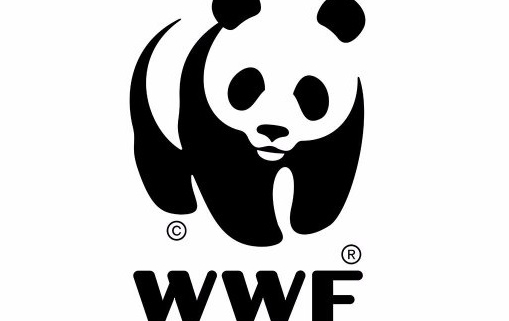Learning Brief Number 3: Goodwill Generation for Conservation Through the Population-Health-Environment Approach
The Population-Health-Environment (PHE) Alliance Project, implemented by the World Wildlife Fund (WWF) from 2008 to 2011, with support from the United States Agency for International Development’s Office of Population and Reproductive Health and Johnson & Johnson, aimed to change that practice, and by doing so, deepen the sector’s understanding of the value of the PHE approach for conservation, and how the sector could better measure that value. The following learning brief explores the role of goodwill generation in-site based conservation through the PHE approach, using a case study from one PHE Alliance project site- in Nepal. The brief concludes that generating goodwill for conservation is a viable justification for implementing PHE projects to improve conservation outcomes. The case study highlights positive outcomes relating to the generation of goodwill for conservation, in a place where communities have historically been somewhat suspicious about WWF’s conservation agenda. The case study findings suggest that in the future, with more research, the PHE approach might emerge as a useful strategy for transforming community attitudes and behaviors towards conservation that are critical to ensuring long term conservation success.
Year: 2011
Source: World Wildlife Fund




